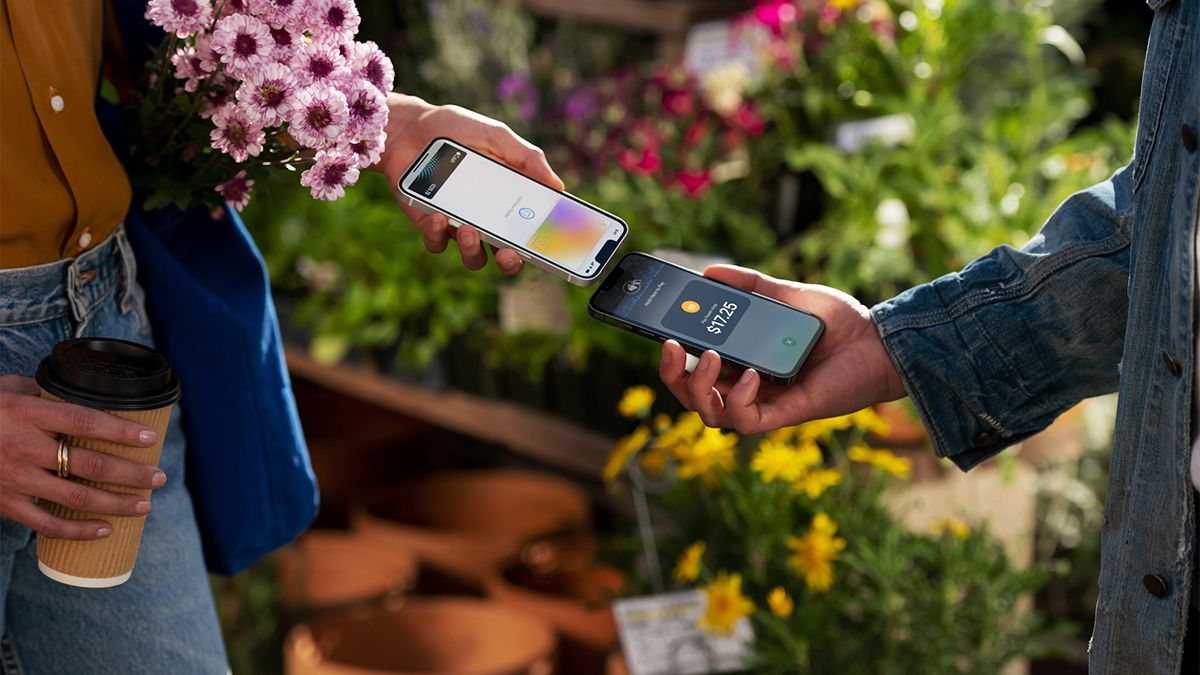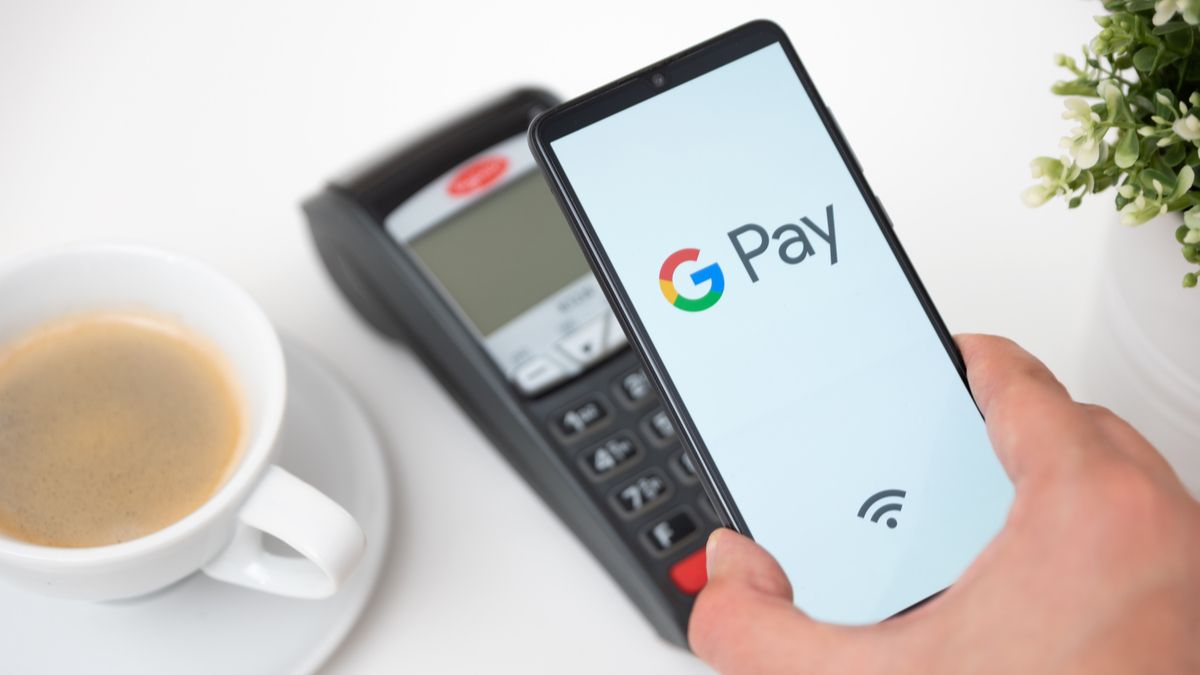Using a phone or watch to pay at a terminal is not new. iPhones and Android devices have both been able to do it for a long time. So why is the U.S. still lagging behind with mobile payments?
In other parts of the world, such as China, nearly 90% of people use mobile payments. That's more than double the U.S., but adoption is not the only problem. The infrastructure for mobile payments in the U.S. is just not there yet.
Mobile Payments in the U.S.
How did we get here? Let's take a look back at mobile payments in the U.S. Apple Pay was the first mainstream proximity-based mobile payment option for a lot of people. It was launched in 2014 along with the iPhone 6.
Google wasn't far behind Apple, launching Android Pay (now Google Wallet) in 2015. However, Google isn't the only player in the Android world. Samsung launched its own mobile payment service, Samsung Pay, one month before Google did.
If smartphones weren't enough, the Apple Watch has had Apple Pay since day one. Google's Wear OS and Samsung's Tizen OS also both have supported mobile payment solutions since the very early days.
At the time of writing in 2022, we've had access to mobile devices with tap-to-pay for over seven years. With one of those devices being the insanely popular iPhone, you'd think the U.S. would be fully on board with mobile payments by now. You'd think that.
Credit Card Society
Clearly, the problem is not a lack of devices with mobile payments apps. As of February 2021, over 85% of Americans own smartphones. However, there are a few uniquely American things that have caused the slow adoption of mobile payments.
The biggest contributing factor is how people pay for things in the U.S. In many other countries, cash is the primary method for making purchases. Meanwhile, Americans love using credit cards and debit cards.
Mobile payments have been more rapidly adopted in those cash-dominated countries because it's a major improvement. However, it's not as dramatic of an upgrade over a credit card. There's less incentive to switch to mobile payments when the current method is already pretty easy.
Let's look at a gas station as an example. Credit card users can pay right at the pump, but to use the cash you have to go inside the gas station. If the latter was the method you're used to, not having to walk inside every time is a big improvement. It's not as big of a deal if you were already doing that.
The Current State
How people have traditionally paid for things is only part of the problem. The other part of the equation is having easy access for using mobile payments. That's annoying for those of us trying to use mobile payments more often.
We can use gas stations as another example. Over seven years after smartphones got mobile payment functionality, it's still mostly a gamble if a gas station will support Apple Pay or Google Wallet at the pump.
Restaurants are another major pain point. The majority of sit-down restaurants in the U.S. still operate on an archaic system. The server brings the check, you put a credit card in the little book, they come and get it, and then return with the receipt. You're not even present when your card is being scanned.
Nobody wants to give their smartphone to a stranger and wait patiently as they take it out of your sight and do who knows what else with it. At least that's the fear.
One attempted solution to this situation has been QR codes on the checks. The idea is you can scan the QR code with your phone and be taken to a website to make the payment online. It's sort of a hacky workaround, but it's nice when it works. The problem is it doesn't always work, and what if you don't have good reception?
All in all, mobile payments are just not reliable in the U.S. Leaving your home with only your phone is a risky endeavor. You might be able to find places to pay with your phone, but you might also be out of luck.
Chicken or the Egg
What's going to solve all of this and finally bring the U.S. up to speed with other countries? Unfortunately, it's a bit of a "chicken or the egg" problem.
People don't use mobile payments in the U.S. as much because it's not universally available everywhere you go. And businesses aren't super incentivized to update their systems for mobile payments because not many people use it.
Mobile payment usage in the U.S. is increasing, it's just at a much slower pace. The pandemic has played a big part in converting more Americans and businesses to mobile payments. In 2020, over 90 million smartphone users in the U.S. made at least one mobile payment purchase. That number is estimated to reach 125 million by 2025.
Eventually, we'll get there, but the U.S. is traditionally not an overly welcoming place for big fundamental changes like a switch to mobile payments. It's still not great in 2022, but the future is looking okay.



